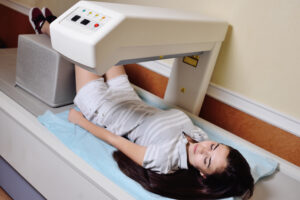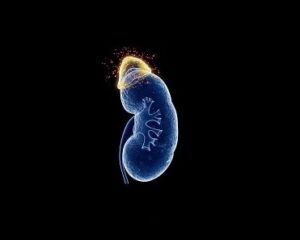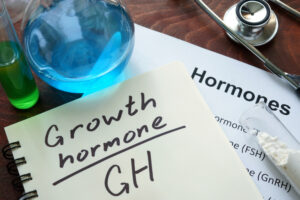
Genetic causes identified for nonfamilial tall stature in childhood
Genetic testing has identified a likely cause for nonfamilial tall stature in 11% of children examined, show study findings published in the European Journal of Pediatrics.

Genetic testing has identified a likely cause for nonfamilial tall stature in 11% of children examined, show study findings published in the European Journal of Pediatrics.

The European Society for Paediatric Endocrinology (ESPE) has released a position statement to encourage further research into endocrine immune-related adverse events associated with the use of immune checkpoint inhibitors in children with cancer.

Study findings demonstrate the broad heterogeneous phenotypes found in children with 46,XY gonadal dysgenesis, with insights into likelihood of spontaneous puberty and risk of gonadal malignancy.

More than a quarter of childhood cancer survivors have moderate or severe bone mineral density deficits in adulthood, report US researchers who believe targeted interventions could reduce this burden.

Some children with congenital adrenal hyperplasia (CAH) could benefit from treatment with the aromatase inhibitor anastrozole to optimise their growth potential, US researchers suggest.

A study of infant girls has characterised the hormonal changes of minipuberty and uncovered how the ovaries, uterus and reproductive hormones interrelate during this period.

Use of the glucagon-like peptide -1 receptor agonist liraglutide alongside diet and exercise guidance significantly reduces BMI in children aged 6 to 11 years with severe obesity compared with lifestyle interventions alone, shows the SCALE Kids Trial.

Phase 3 trial findings support the use of an oral corticotropin-releasing factor type 1 receptor antagonist for the treatment of classic congenital adrenal hyperplasia in children with 21-hydroxylase deficiency.

Central congenital hypothyroidism is frequently missed in Israeli infants despite a newborn screening programme for thyroid dysfunction, shows research published in the Journal of Clinical Endocrinology & Metabolism.

Italian researchers have determined a glucagon stimulation test threshold that can predict whether a teenager with growth hormone deficiency has or has not experienced normalisation of GH levels at the time of transition to adult care.